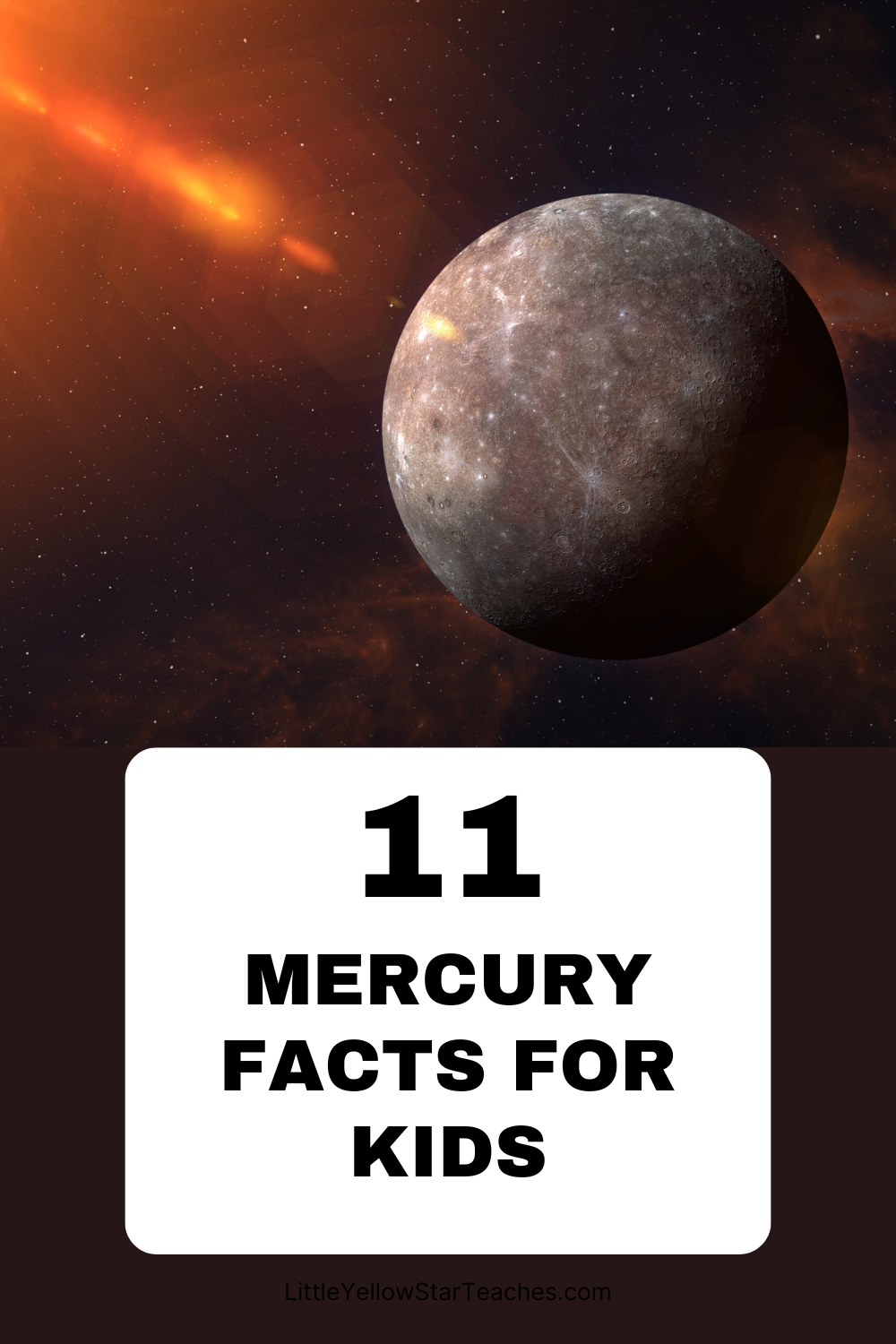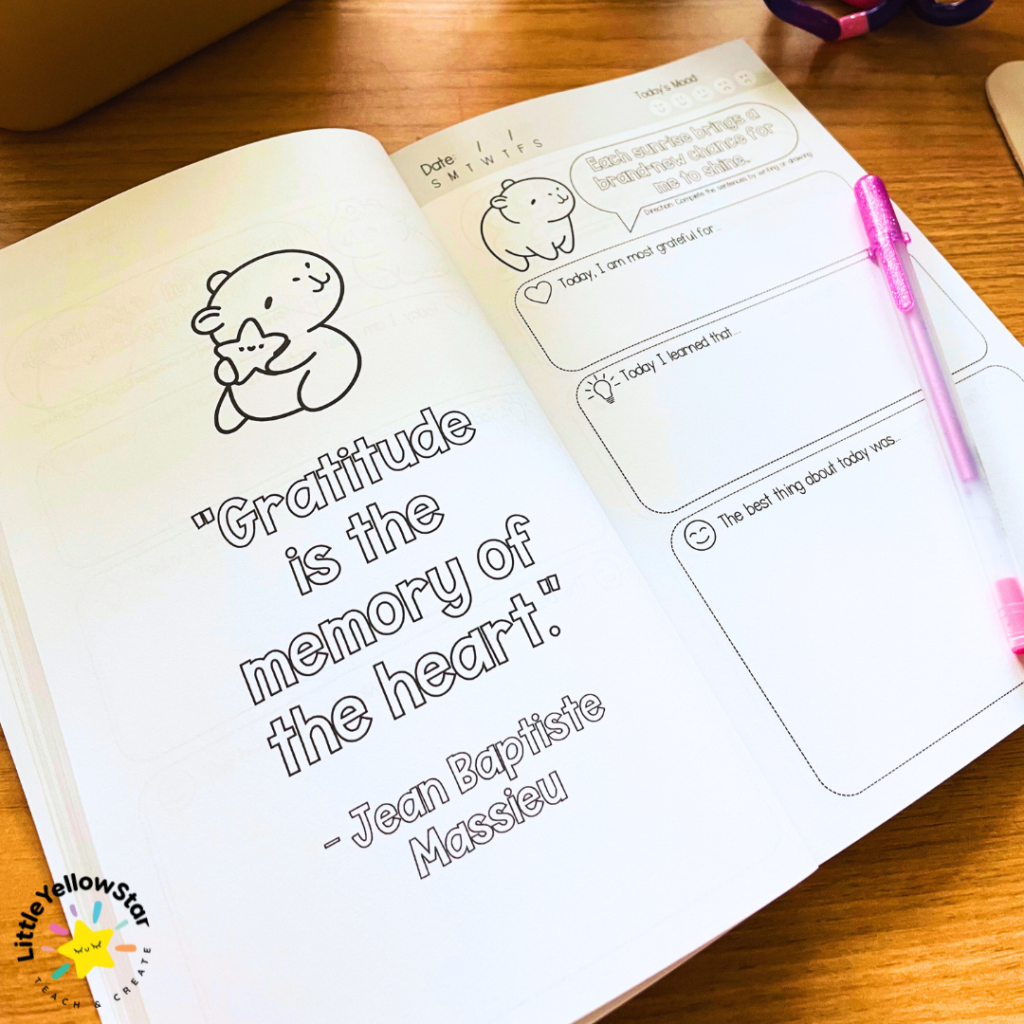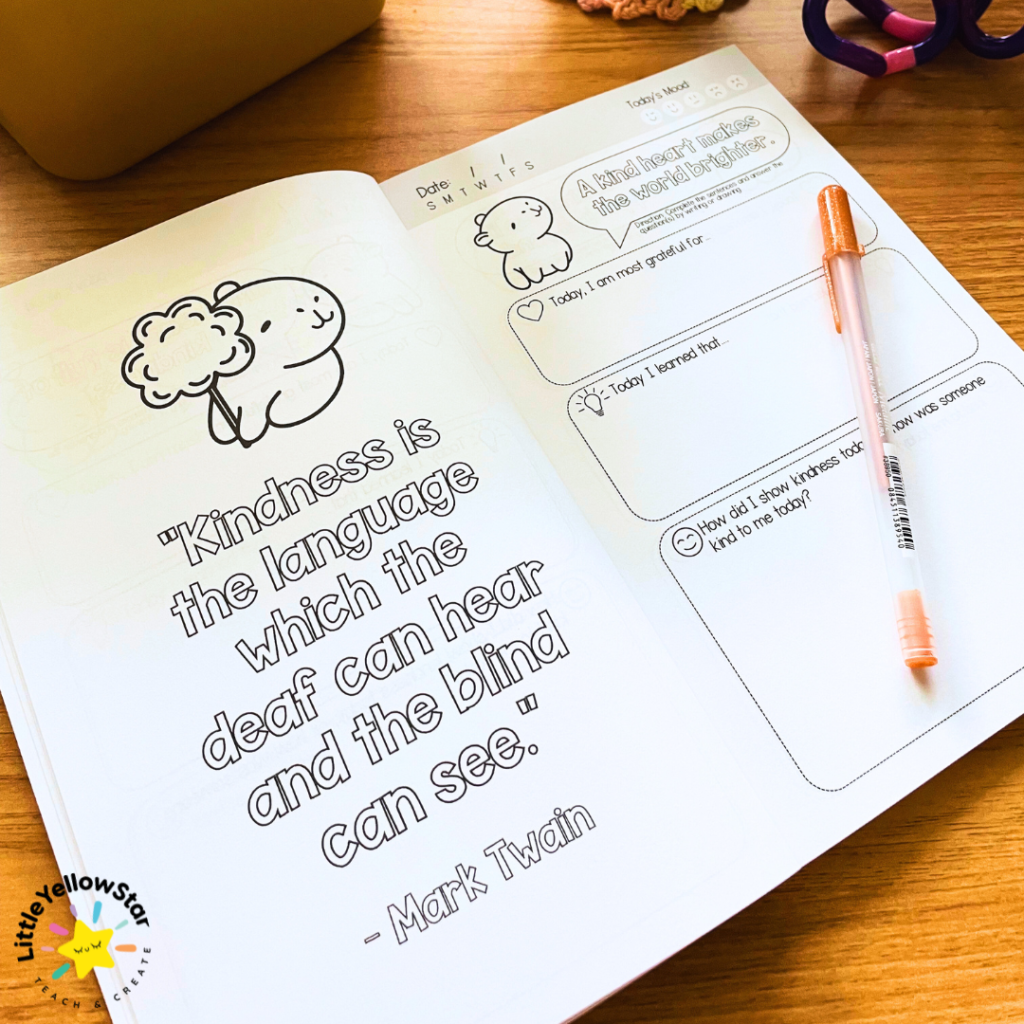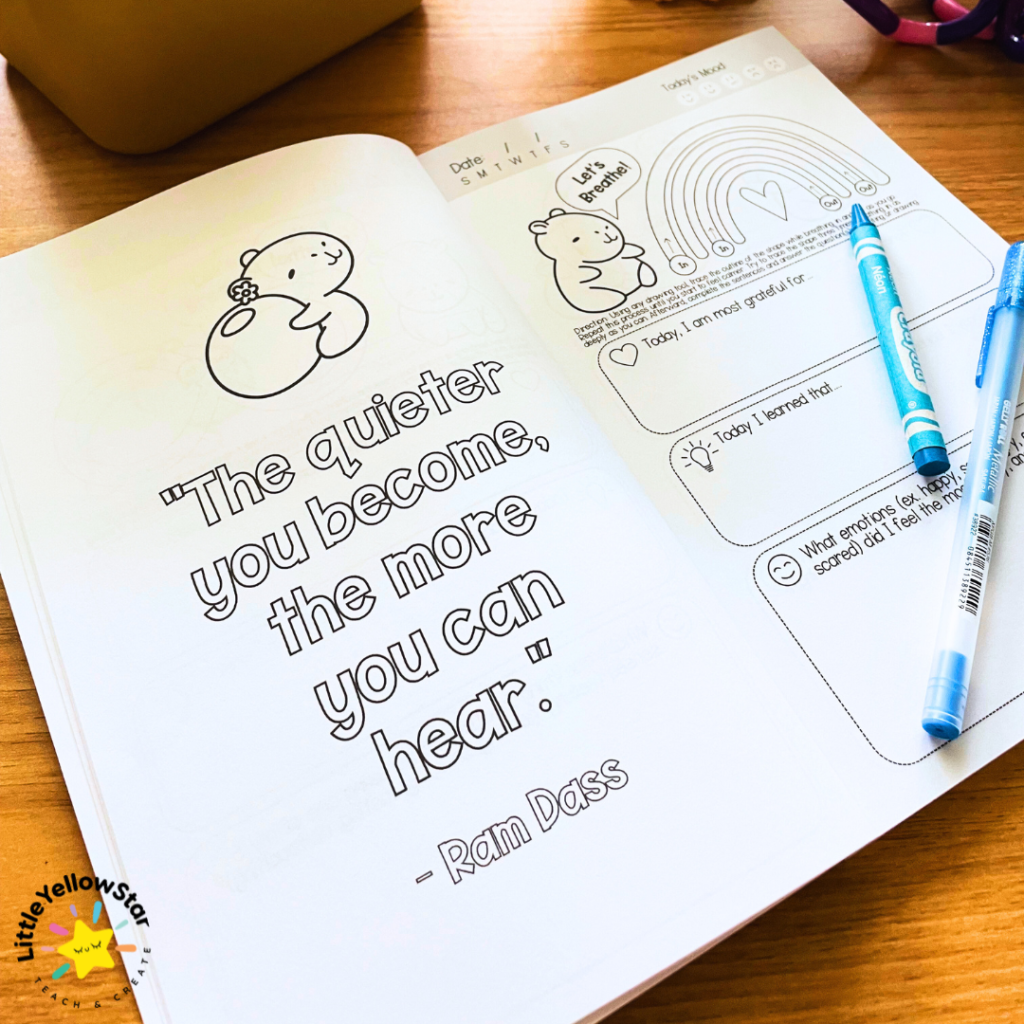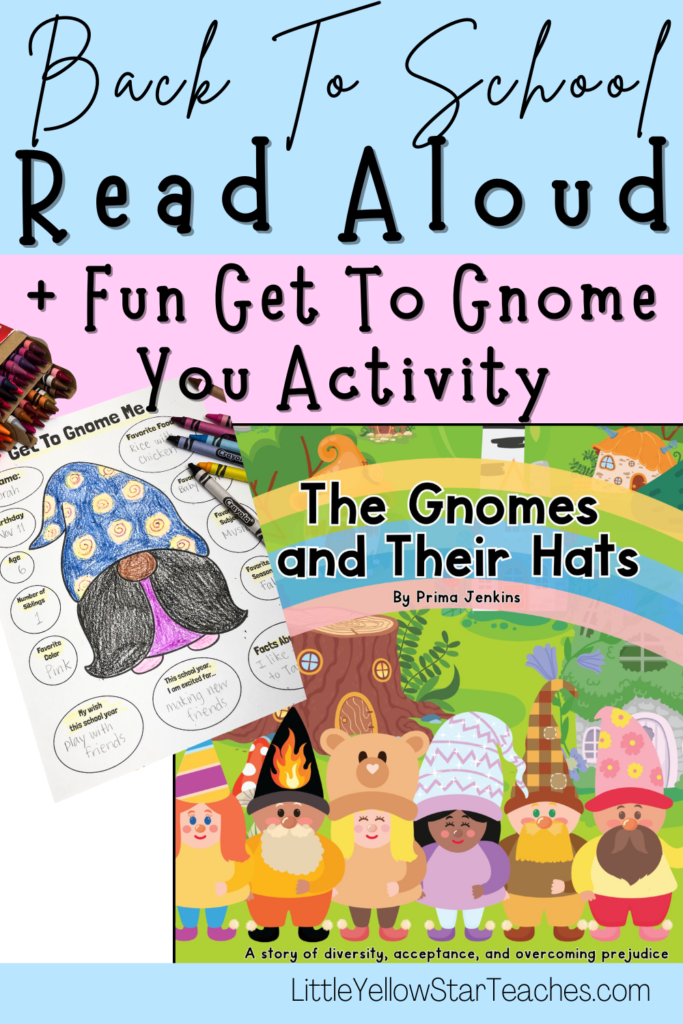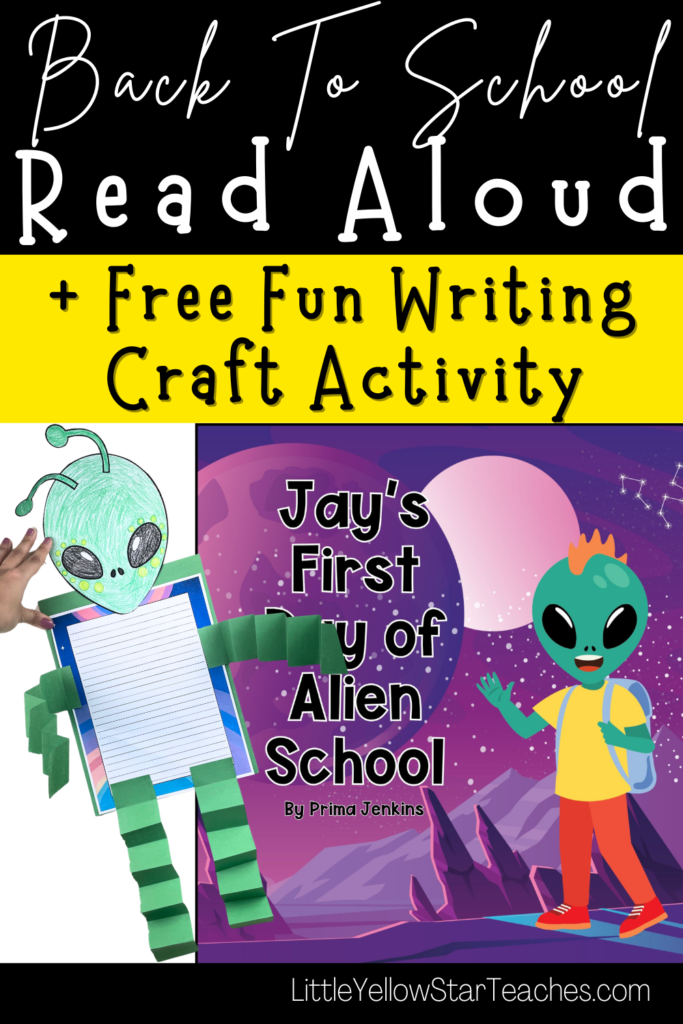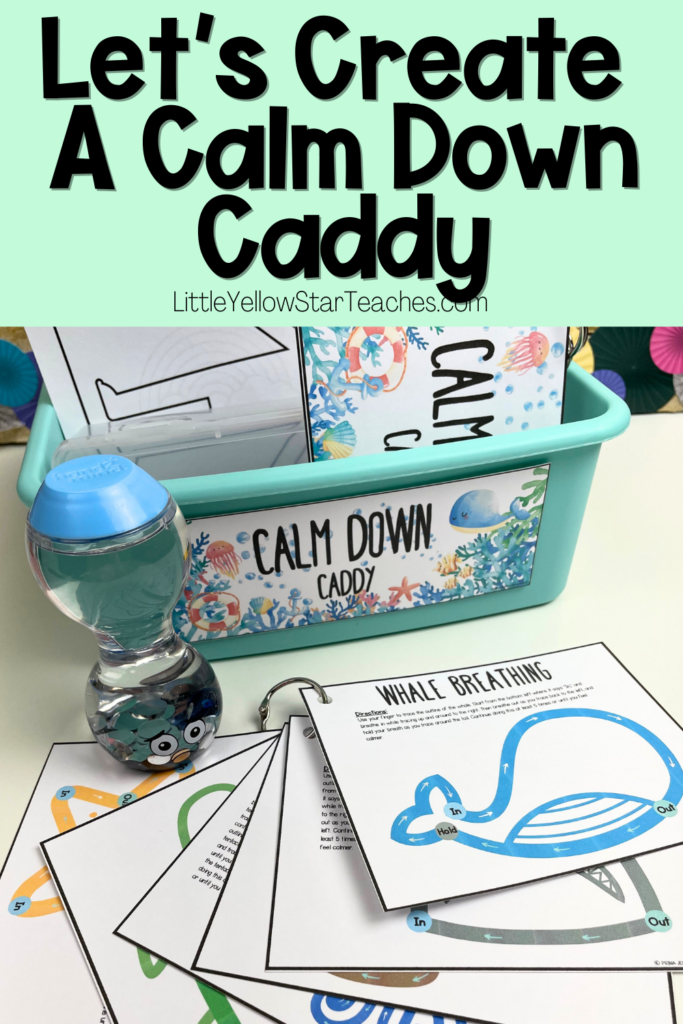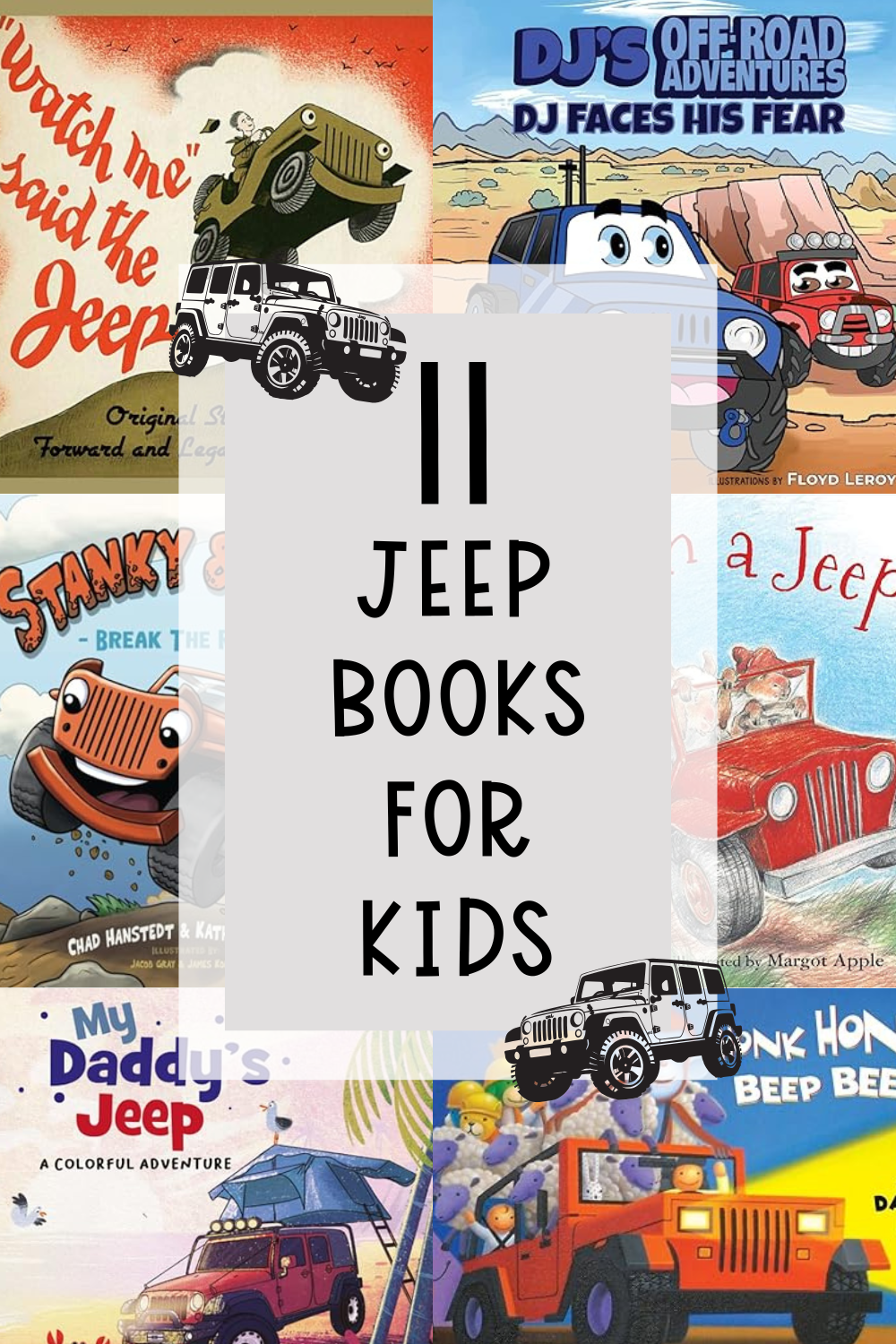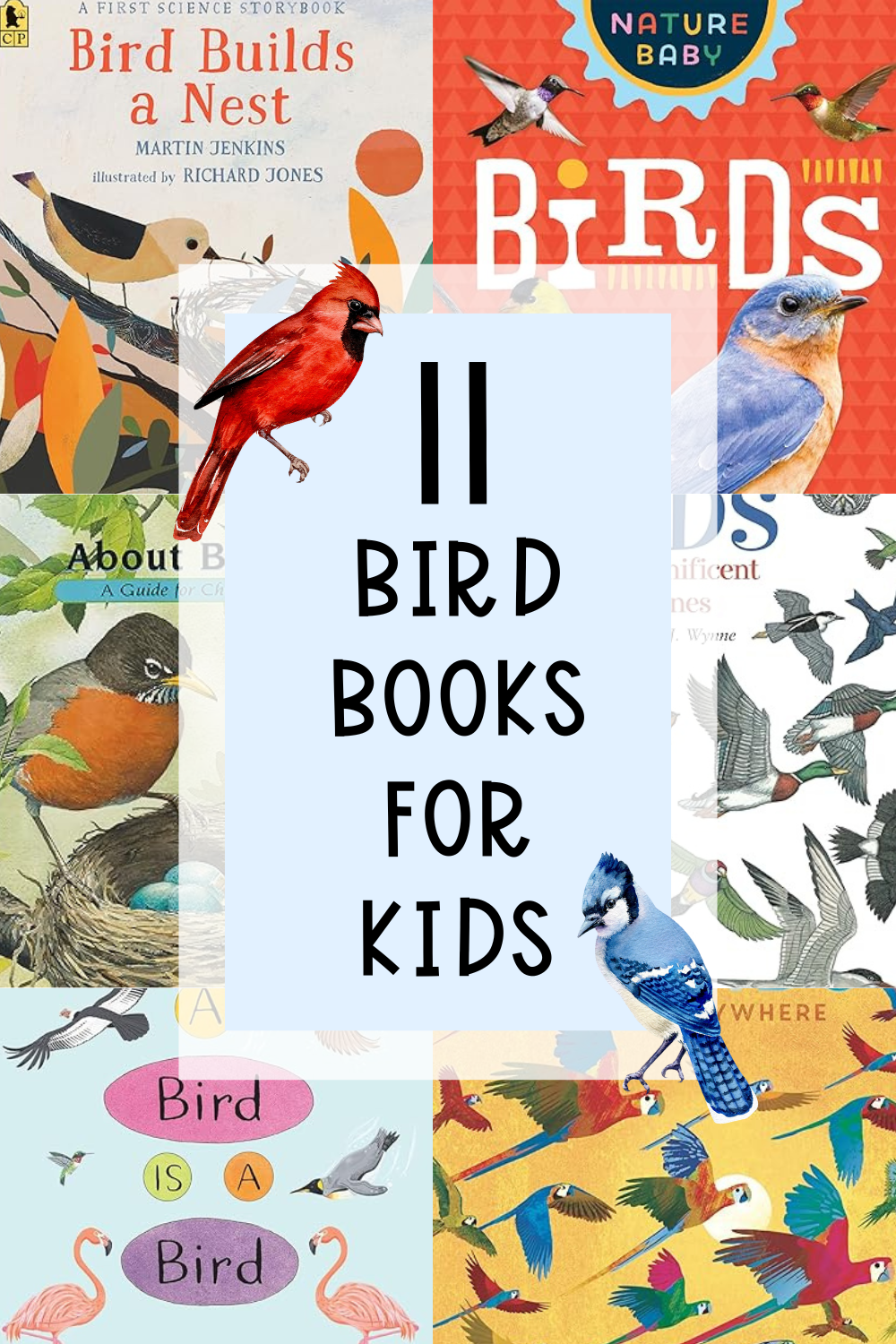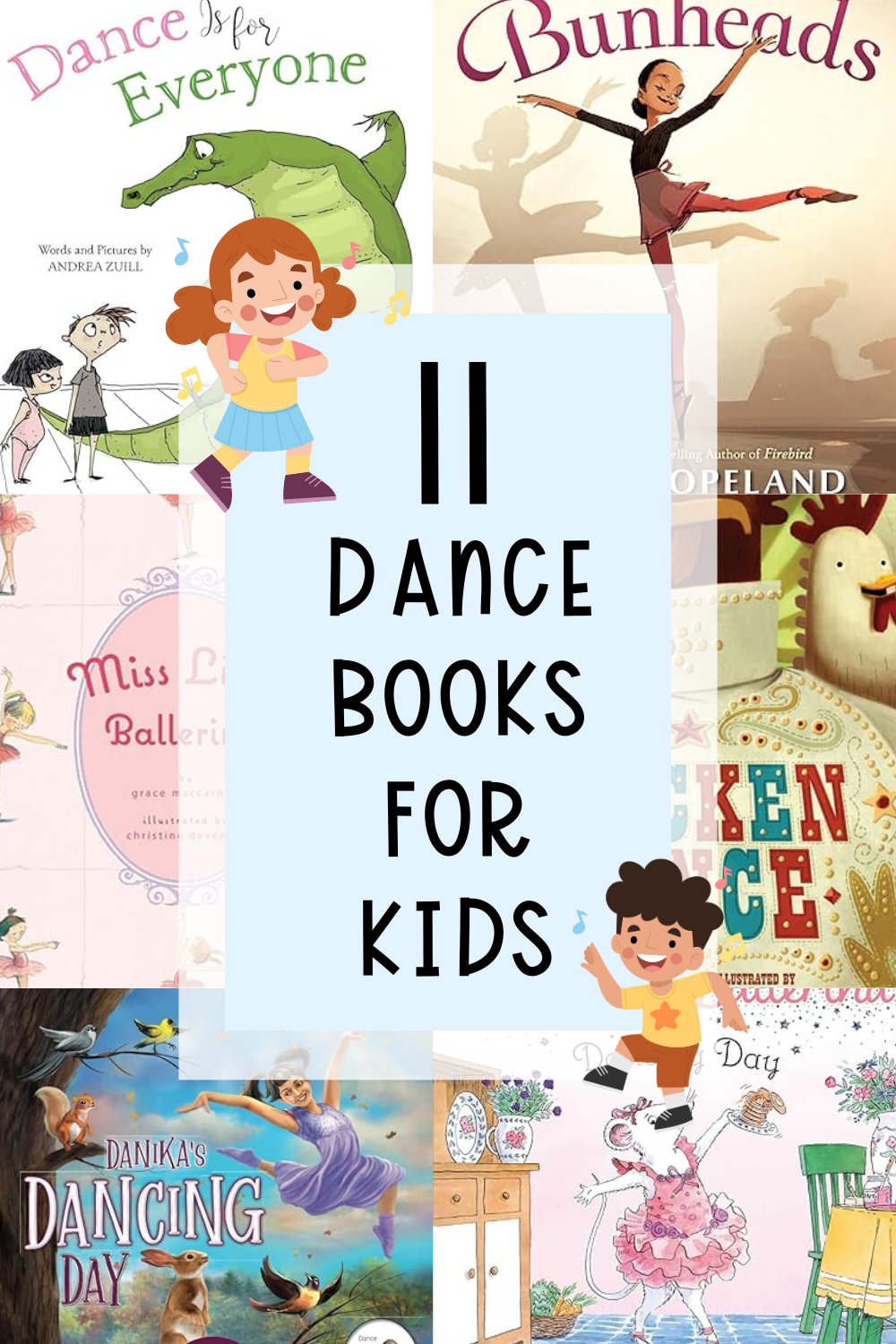Are you ready to blast off on a space adventure? These Mercury facts for kids will introduce you to the smallest and fastest planet in our solar system! Discover what makes Mercury unique, learn new space vocabulary, try out cool activities, and explore fun stories about this speedy planet. Get ready to explore the mysteries of Mercury!
***Disclosure: This post contains an Amazon affiliate link that at no additional cost to you, I may earn a small commission when you purchase through the link from my blog. Thank you for your support!
Table of Contents
Grab these free resources to make your teaching life easier!
What is Mercury?
Mercury is the planet closest to the sun and the smallest planet in our solar system. It’s named after the Roman messenger god because it moves so quickly across the sky. Even though Mercury is close to the sun, it isn’t the hottest planet—that title goes to Venus! Mercury has no moons and almost no atmosphere, so its days are super hot and its nights are freezing cold. A year on Mercury (one trip around the sun) only takes 88 Earth days!
Teaching Resources
11 Mercury Facts for Kids
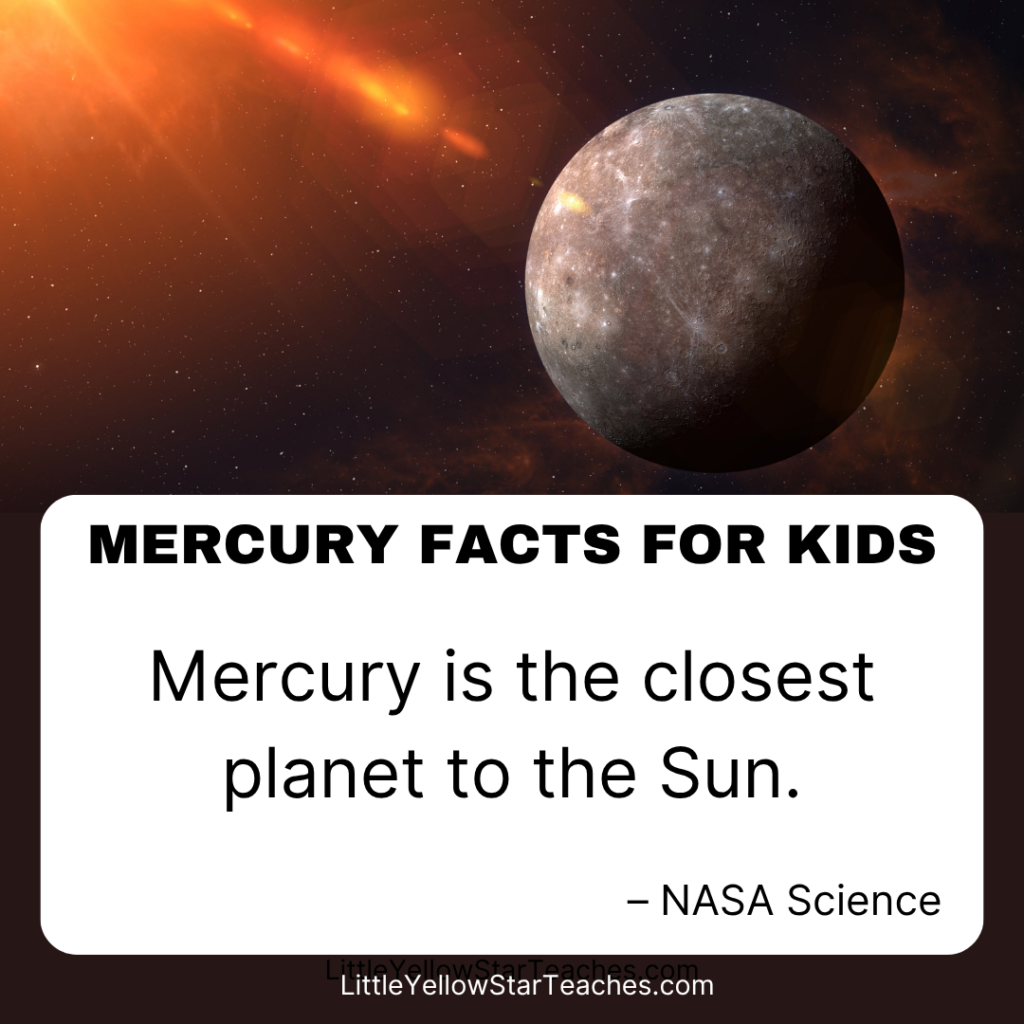
#1 Mercury is the closest planet to the Sun.
Of all the planets, Mercury is the tiniest—just a little bigger than our Moon! It’s so small that you could fit about 18 Mercurys inside Earth.
Source: NASA Space Place

#2 It’s the smallest planet in our Solar System.
Mercury and Earth’s Moon are close in size and even look a lot alike with their grey, cratered surfaces.
Source: NASA Science
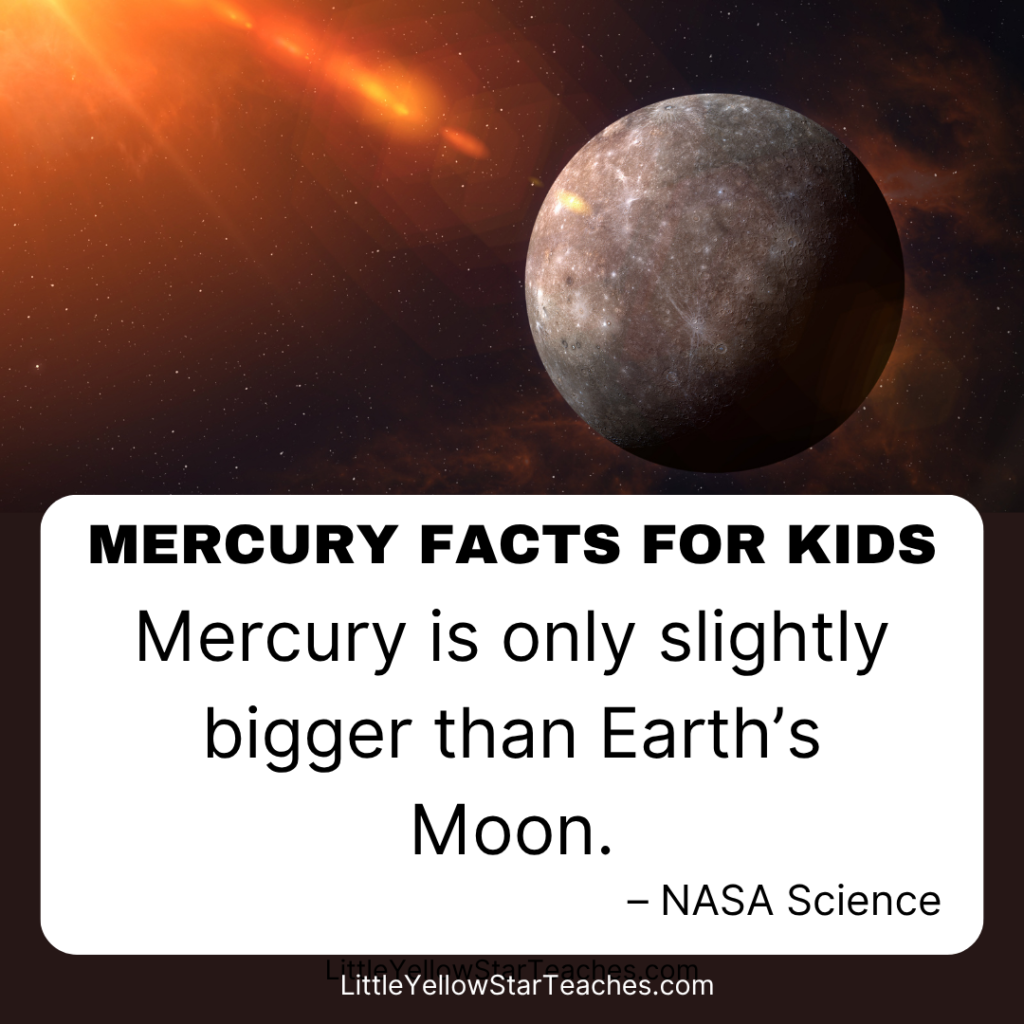
#3 Gold is very soft and bendable—you can beat it into slice-thin sheets.
Mercury and Earth’s Moon are close in size and even look a lot alike with their grey, cratered surfaces.
Source: NASA Science
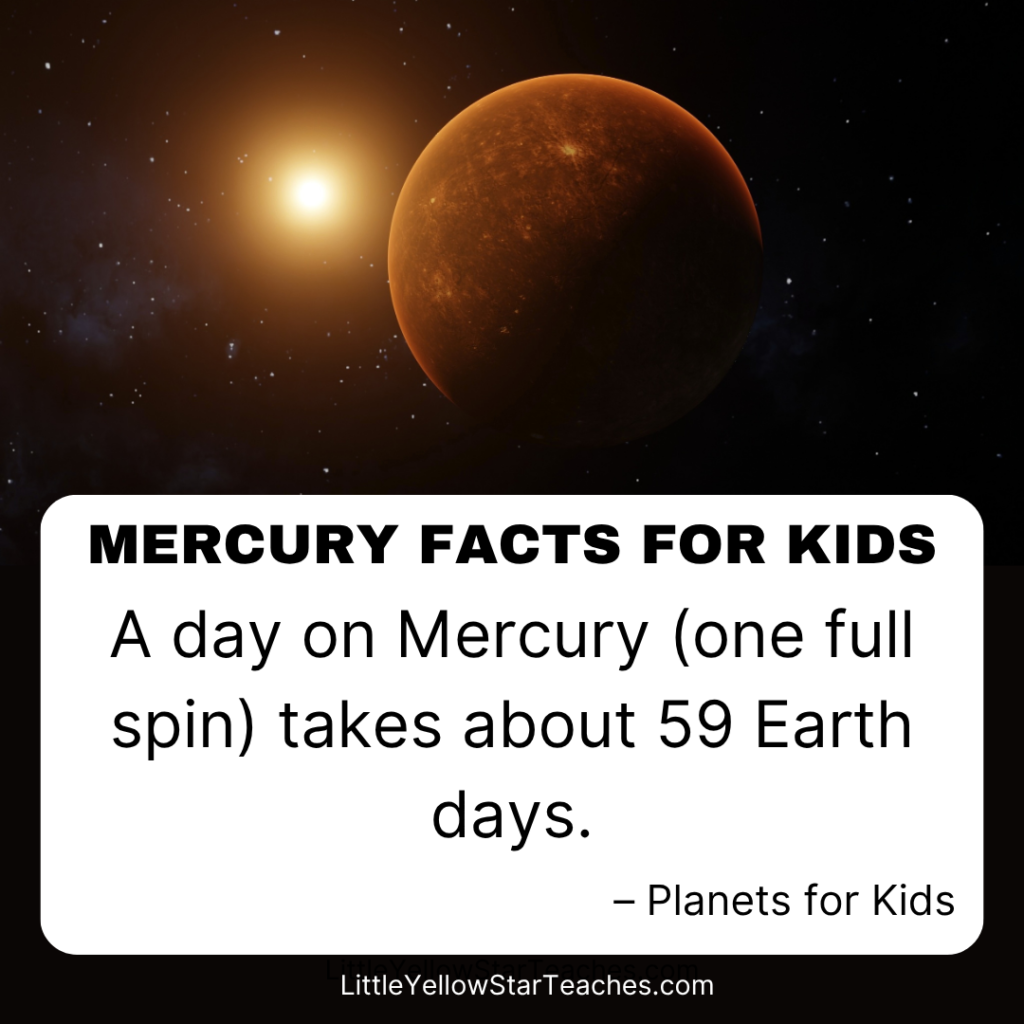
#4 A day on Mercury (one full spin) takes about 59 Earth days.
Mercury spins slowly—one day (one full rotation) on Mercury lasts as long as 59 days on Earth! That means the Sun takes a long time to rise and set there.
Source: Planets for Kids

#5 Mercury spins backwards slowly, so the Sun rises in the west.
Unlike Earth, Mercury spins so slowly and in such a way that, if you stood on its surface, the Sun would rise in the west and set in the east!
Source: Wikipedia
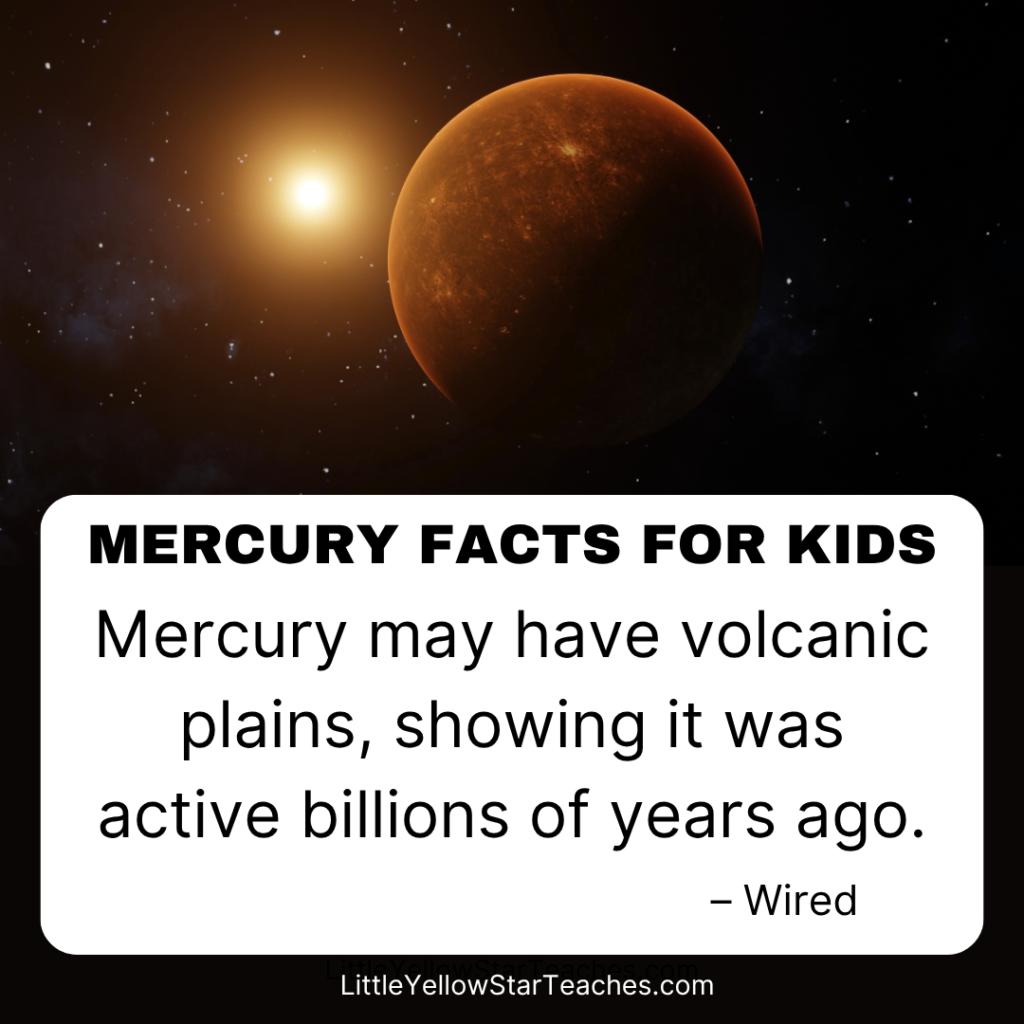
#6 Mercury may have volcanic plains, showing it was active billions of years ago.
Scientists think Mercury once had lots of volcanic activity. The smooth plains seen on its surface today might be from ancient lava flows that happened billions of years ago.
Source: Wired
Check Out Capybara-Theme Daily Reflection Journals For Kids!

#7 Its surface is covered with craters, looking like Earth’s Moon.
Mercury’s surface is battered with craters from meteors and asteroids, making it look very similar to our Moon when you look through a telescope.
Source: Wikipedia
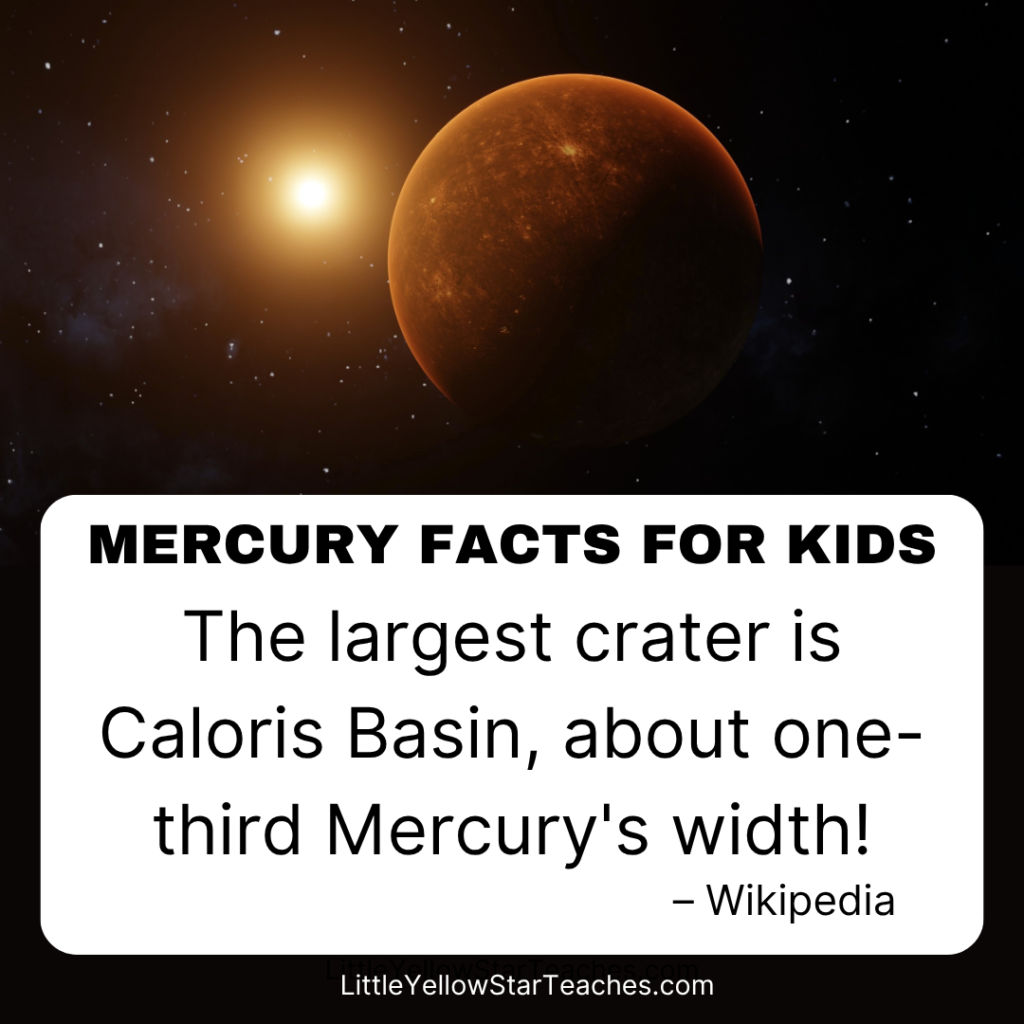
#8 The largest crater is Caloris Basin, about one-third Mercury’s width!
One of Mercury’s most famous features is the Caloris Basin—a gigantic crater that is about one-third the width of the entire planet.
Source: Wikipedia
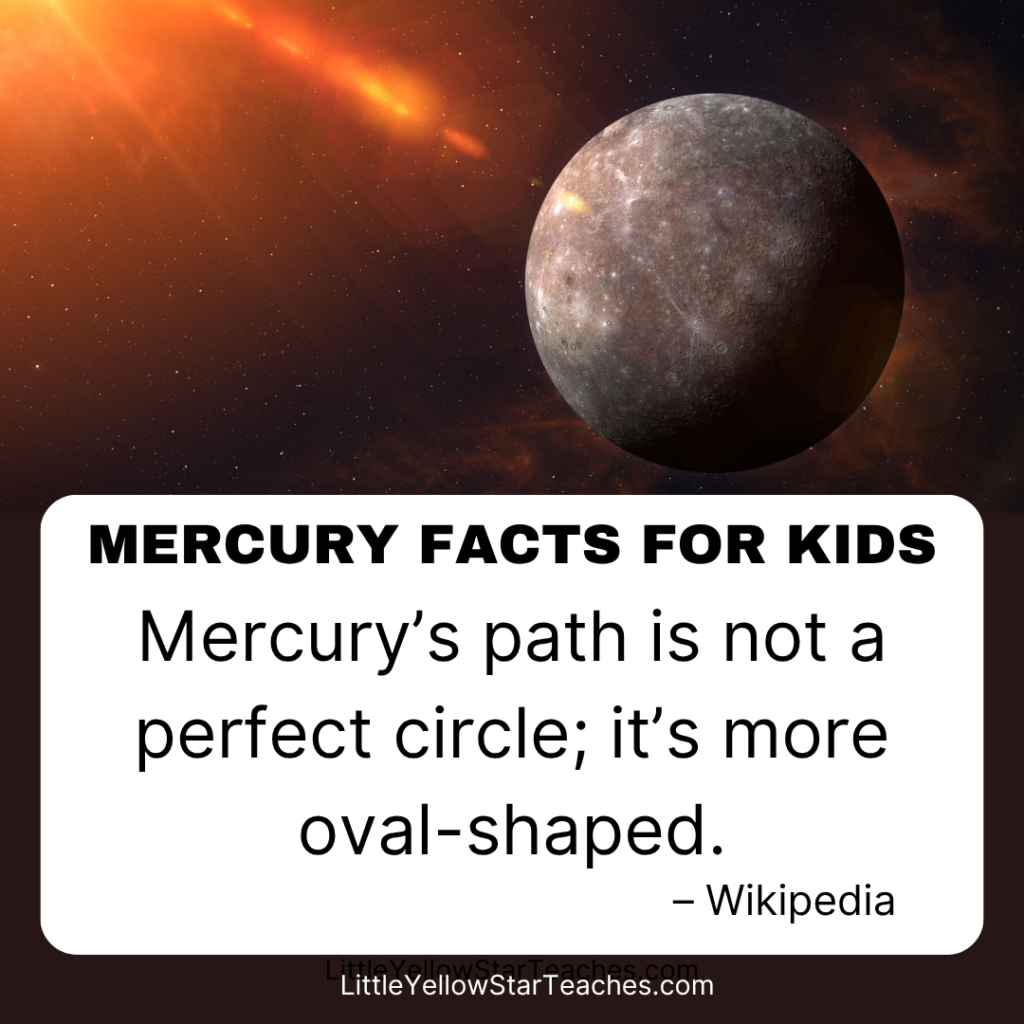
#9 Mercury’s path is not a perfect circle; it’s more oval-shaped.
Mercury travels around the Sun in an oval-shaped orbit, not a perfect circle. This means its distance from the Sun changes a lot during each trip around.
Source: Wikipedia
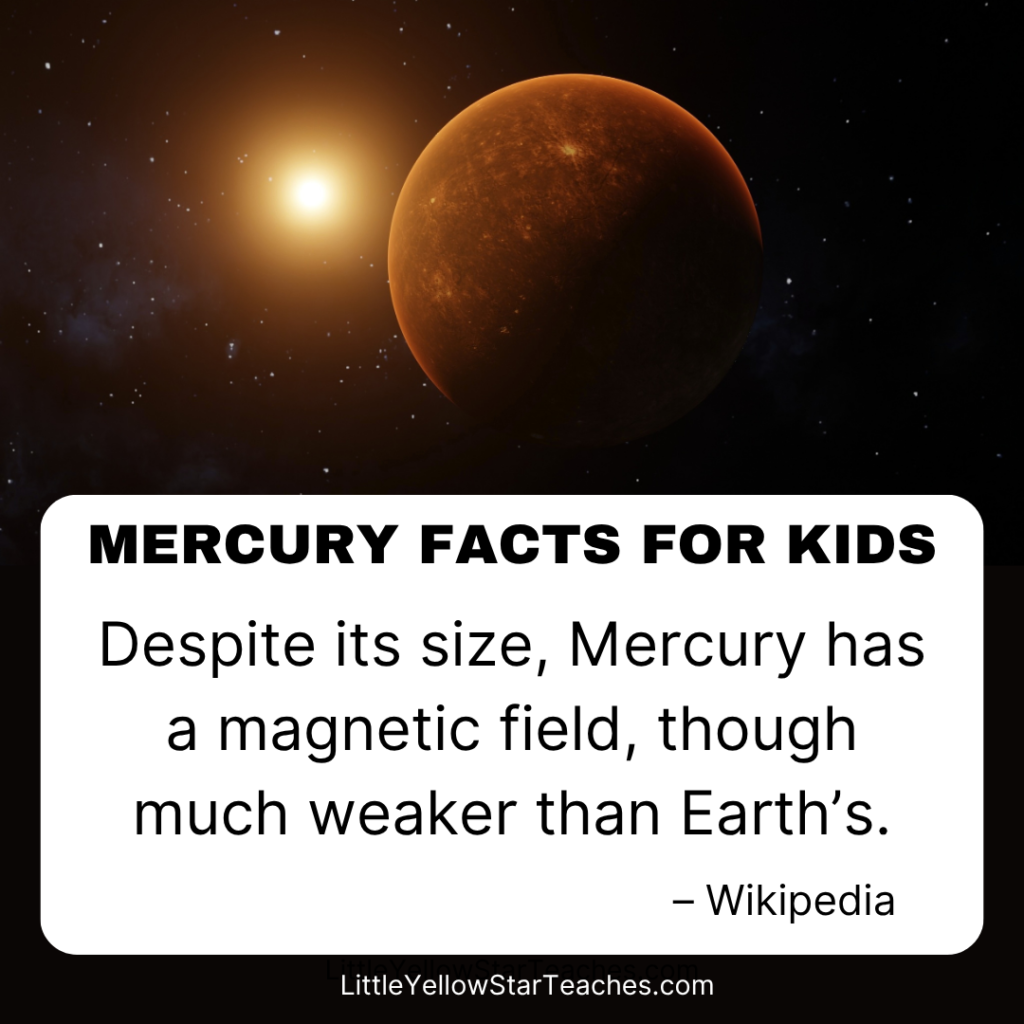
#10 Despite its size, Mercury has a magnetic field, though much weaker than Earth’s.
Even though Mercury is small, it still has a magnetic field—something most planets its size don’t have! But it’s much weaker than the one that protects Earth.
Source: Wikipedia
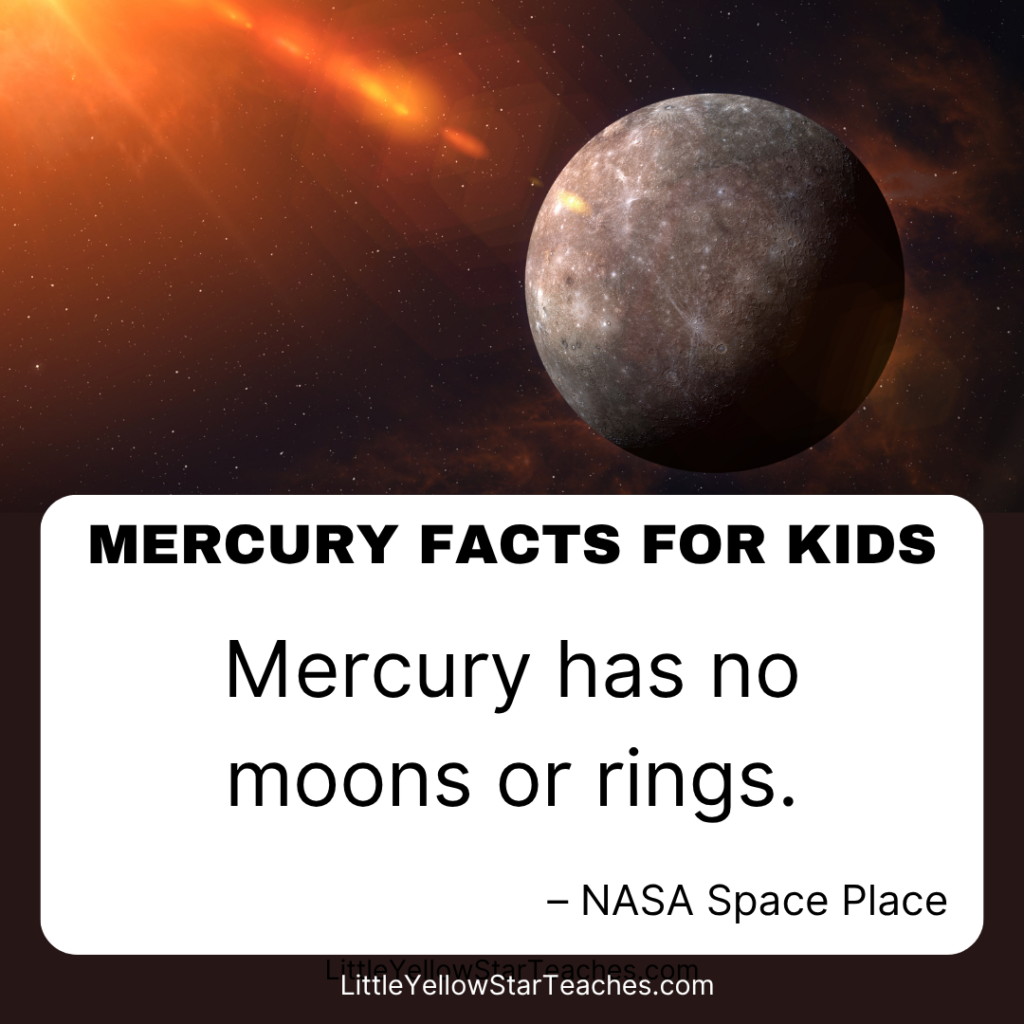
#11 Mercury has no moons or rings.
Mercury travels alone—it doesn’t have any moons or rings orbiting around it, unlike many other planets in our Solar System.
Source: NASA Space Place
Additional Resources
Mercury-Related Vocabulary Words
Help kids master these space words:
- Orbit: The path a planet takes around the sun
- Crater: A bowl-shaped hole on Mercury’s surface caused by meteorites
- Rotation: How a planet spins on its axis
- Messenger: Mercury is named after the fast Roman messenger god
- Atmosphere: The thin layer of gases (Mercury has almost none!)
- Solar system: The sun and all the planets, moons, and other space objects
Mercury Activity Ideas For Kids
Bring these Mercury facts for kids to life with hands-on activities:
- Crater Art: Make your own model of Mercury’s surface using clay or playdough and press in craters
- Planet Race: Have a race to see who can “orbit” around a pretend sun the fastest
- Mercury Heat Experiment: Learn about hot and cold by testing sun and shade temperatures
- Create a Solar System Mobile: Hang Mercury and the other planets in order from the sun
- Space Storytime: Read a book about visiting Mercury or being an astronaut
- Draw Mercury: Use grays and browns to color Mercury’s rocky, cratered surface
Mercury Related Stories and Myths
Mercury has inspired many stories, legends, and books! Here are some fun examples:
- The Roman Messenger God: Mercury was known for his speed and winged sandals
- Messenger to the Planets: Some stories imagine Mercury carrying messages from planet to planet
- Space Explorer Adventures: Books and cartoons about astronauts landing on Mercury
- Myths of Quickness: Stories where Mercury outsmarts or outruns everyone else
- How Mercury Got Its Craters: Make up a story about space rocks leaving marks on Mercury
- Solar System Tales: Imagine a meeting of all the planets with Mercury as the quickest guest
What’s Your Favorite Mercury Fact?
Mercury may be the smallest planet, but it’s full of big surprises! Now that you know these Mercury facts for kids, you can explore the wonders of space, try creative science activities, and share your new knowledge with friends. Keep looking up—there’s a universe of facts for kids waiting for your next cosmic adventure!
What is your favorite Mercury fact from the post, or do you have another? Share it by tagging me on Instagram @LittleYellowStarTeaches. I would love to see!
Bye for now,
Prima from LittleYellowStar
* * *

